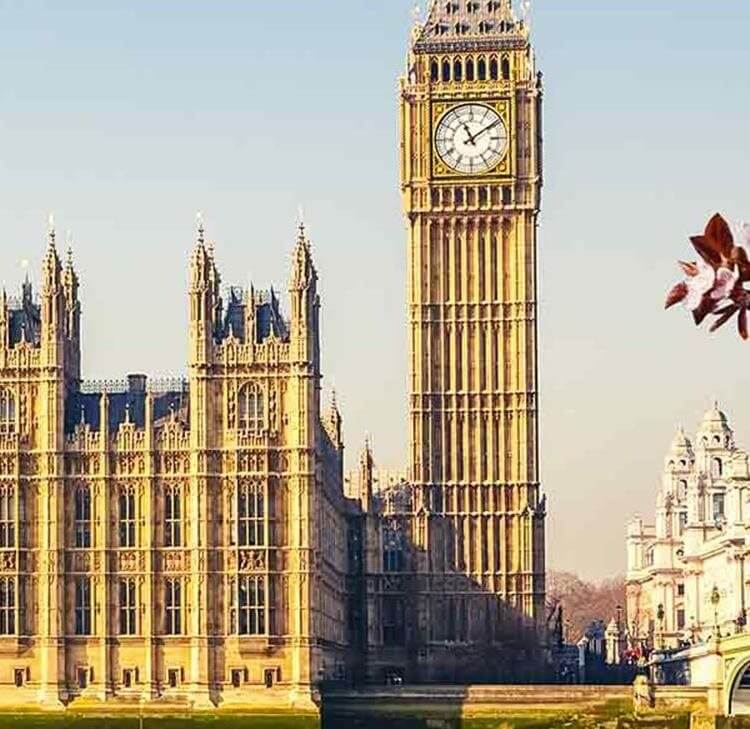This article was first published by Business Green.
A landmark Supreme Court judgement that quashed a local authority’s approval for oil drilling on the basis of Scope 3 emissions could have a significant knock-on impact for everyday planning applications, argues Ben Standing, partner specialising in planning and environmental law at UK and Ireland law firm Browne Jacobson.
Housing development and oil drilling applications may land on the same desk of planning officers, but usually the merits on which they are considered vary widely.
This may be about to change following a judgement in the UK’s Supreme Court last week, which could place greater consideration on indirect carbon emissions in planning law.
The case concerned Surrey County Council’s decision in September 2019 to grant planning permission to Horse Hill Developments for an oil extraction project in the Surrey Hills.
After a local campaign group, led by Sarah Finch, challenged the decision on the basis it was unlawful for the council not to include the impact of Scope 3 emissions in the Environmental Impact Assessment (EIA), a judicial review was launched in 2020.
Despite these claims being dismissed by the High Court and Court of Appeal, the Supreme Court overturned both rulings on Thursday 20 June.
In giving the majority verdict, Lord Leggatt said: “I do not accept the premise that it would be wrong for a local planning authority, in deciding whether to grant planning permission, to take into account the fact that the proposed use of the land is one that will contribute to global warming through fossil fuel extraction.”
Friends of the Earth, the environmental campaigning group, estimated the six wells at Horse Hill would produce more than 10 million tonnes of CO2, against a crude oil return of 3.3 million tonnes, over a 20-year period.
A ‘step change in thinking’ for planning law
While this case concerns relatively unique circumstances in planning law – it’s not every day that local authorities make decisions in relation to onshore oil – the judgement represents a step change in thinking that adds a new dimension to how everyday planning applications in the UK are scrutinised.
The Town and Country Planning (Environmental Impact Assessment) Regulations 2017 – known as the EIA Regulations – enable planning authorities to take account of the environmental implications of development when determining the outcome of a planning application. Usually, this hasn’t included scope 3 emissions, however.
In its verdict, the Supreme Court said the EIA directive “does not impose any geographical limit on the scope of the environmental effects of a project that must be assessed … it is in the very nature of ‘indirect’ effects that they may occur away from their source”.
Scope 3, or indirect, emissions in a development could include carbon emitted throughout the supply chain during transport and distribution, waste generation, end-of-life treatment of sold products, and outsourced manufacturing.
Business travel, employee commuting and the use of sold products also come into the equation once a development is occupied.
An example may be a proposed electric vehicle battery plant. Even though its operational purpose is to support the switch from petrol and diesel vehicles to cleaner transport, evidence could be provided that the batteries will be manufactured using precious metals mined via polluting methods.
This isn’t to say the strengthened consideration of indirect emissions means such an application should automatically be denied. In reality, the EIA Regulations enable decision-makers to consider environmental information; they do not determine a specific outcome.
Where this gets more complex is when information is more difficult to come by. A planning officer considering a proposed commercial development, such as speculatively-built warehousing, may be able to use an EIA to scrutinise Scope 1 and 2 emissions. These could come directly from the building operation or how the facility is eventually used, such as for heating and powering.
The officer won’t necessarily be able to judge the level of Scope 3 emissions without understanding exactly who the occupier will be, and the carbon footprint of both its own and suppliers’ operations.
Herein lies the huge challenge regarding how a trusted methodology to calculate Scope 3 emissions can be developed and deployed effectively.
Planning policy in a General Election
A new dimension in planning policy could also add extra burden on planning officers when resources are already tight.
The Supreme Court verdict arrives in the middle of a General Election in which all the main parties are pledging to streamline the planning system to speed up building.
The planning system is already subject to a series of trade-offs that must be delicately balanced by decision-makers.
The National Planning Policy Framework, which sets out the Government’s planning policies for England, comprises a range of assumptions in favour of development that prioritises everything from delivering a sufficient supply of homes and a competitive economy to the protection of green belt land and achieving well-designed, beautiful places.
While no-one would oppose any of these principles in isolation – just like the idea that developments shouldn’t harm the environment downstream – they aren’t necessarily achievable in unison, so it’s the role of planning officers to weigh up positives against negatives.
Ultimately, there will be varying interpretations of this judgement but there’s no hiding the fact that planners must now give greater thought to indirect emissions.
What impact could the Supreme Court case have on climate policy?
Scope 3 emissions will now command greater consideration in new fossil fuel exploration projects, such as the ongoing legal challenges of the Rosebank oil field off the Shetland coast in Scotland and proposed coal mine in Whitehaven, Cumbria.
However, the detrimental environmental impact of such schemes has never been in question; rather, they received authorisation in spite of this due to outweighing factors of national energy security needs and job creation benefits.
So whether it’s in major fossil fuel schemes or housing developments, we shouldn’t anticipate a rush of new legal challenges to decisions.
But what we can expect is greater confidence among decision-makers to consider the full breadth of environmental impact and, in turn, a rise in public awareness about indirect emissions – making them a very real issue in the drive towards economic and social progress.










































